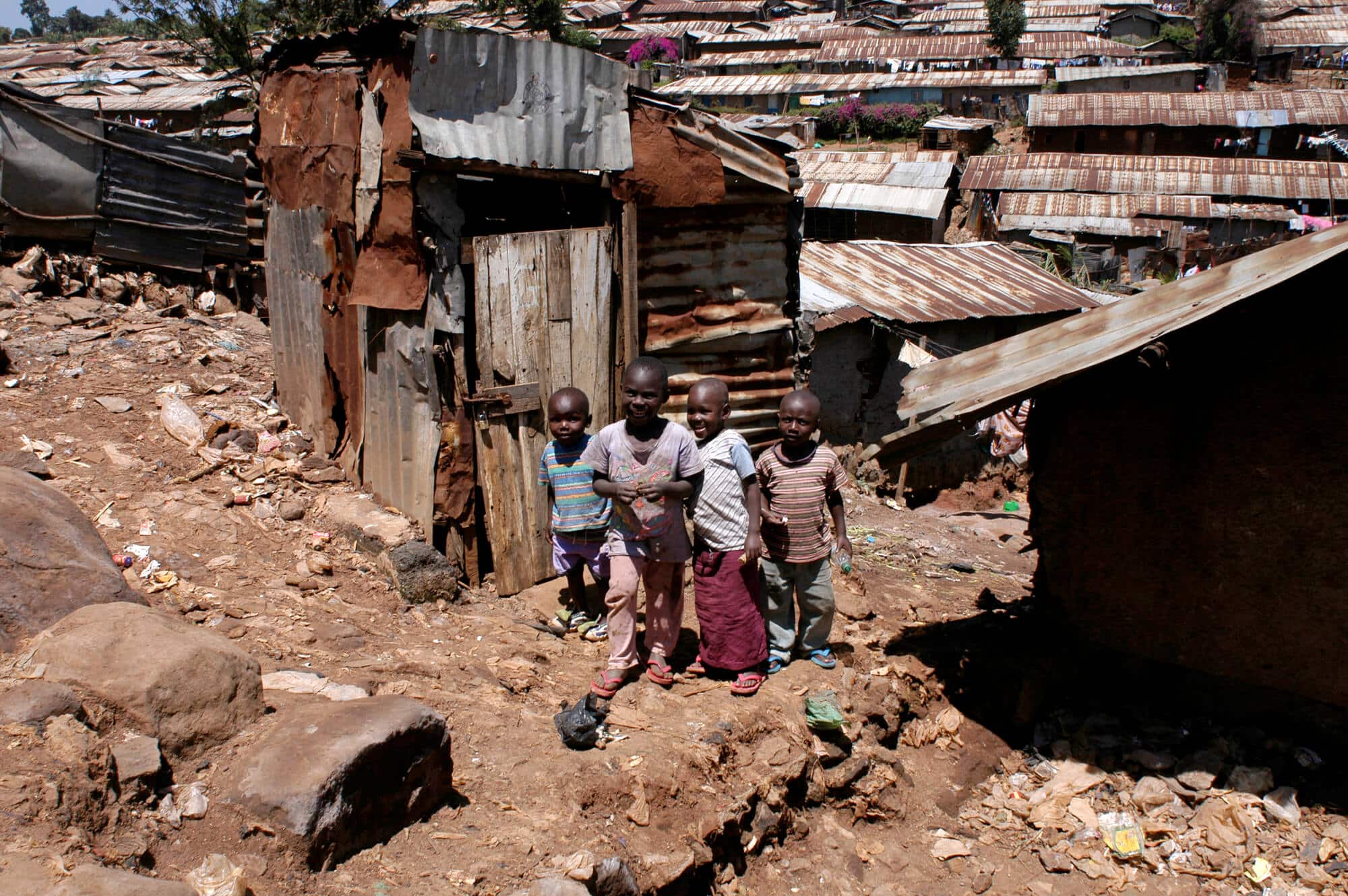African governments are in a race to establish agricultural enterprises to feed the rapidly growing population, but can harming the environment to develop agriculture and in particular increasing the risk of malaria be avoided?

In the days when the rational are fighting for the continued existence of agriculture and the right of the farmers to a proper existence, it is also useful to know and recognize the less glamorous sides of agriculture when it is not sustainable.
The world's population is growing and going ("exploding"). For example, the expectation is that Africa's population will triple by 2100.
In order to feed more people, more agricultural land is needed, and accordingly governments and agencies are planning huge agricultural development projects.
At the same time that the rate of population growth in Africa is the greatest, the destructive effects of global warming mainly affect the Black Continent, which is why it is the first place to establish "Coalition for the Development of Rice Crops",
where the goal is to reach 56 million tons per year by 2030. At the same time, African governments are increasing the export of agricultural products.
Agricultural development means increasing the cultivated areas that need irrigation and fertilization to improve crops. When there is more crop, the conditions of the growers can be improved: health services, education and raising the standard of living,
But when that agricultural development is done incorrectly, there will be harm to the environment, since unsustainable agricultural development causes the destruction of forests, carbon emissions, air and water pollution, and the loss of biodiversity, as well as harm and loss that harm people and their health, because infectious diseases such as malaria, bilharzia, Zika, ulcer Boroli and many other diseases are related to agriculture.
חCholera and malaria have always been intertwined, Despite the understanding that the agricultural revolution brought people to live densely and close to water sources, researchers have not always been able to understand, anticipate or quantify the connection between agriculture and malaria. To try and explain the connection and impact And in order to examine how the various methods of cultivation and irrigation, the amounts of rain, the types of crops and the natural vegetation cover affect the spread of malaria, malaria cases were examined in different regions of the sub-Saharan region and in different types of agricultural plots. The results of the test led to the finding of an improved template for managing agricultural areas, a template aimed at reducing health risks. The fact that more than 90% of malaria deaths in the world occur in Africa is a challenge and a need to eradicate the disease, But there is little progress In recent years.
For the purpose of the test, malaria data from 12 countries over a five-year period (2010-2015) were combined with geographic and climatic data, andAt the same time, reports on the amount of mosquitoes in the houses were checked.
This is how the agricultural areas where the risk of malaria infection increases are located: grass crops (rain-fed) in rural areas, irrigated crops (irrigated) near urban areas as well as forested areas. It was also found that in areas where there is natural vegetation around the cultivated areas, malaria infection is reduced.
It turns out that expanding the areas of husbandry or irrigated agriculture increases the risks of malaria, but leaving natural vegetation around the cultivated areas will reduce the risks. In addition, leaving natural vegetation in the cultivated areas contributes to the protection of biological diversity andto preserve the natural environment which makes agriculture sustainable.
In another survey in conjunction with AfricaRice and the Institute for Equatorial Agriculture https://www.iita.org The relationship between rice crops and malaria in the sub-Saharan region was examined. Although rice fields are a breeding ground for mosquitoes, it is claimed that the population around the "paddies" (paddies) does not suffer from malaria, the so-called "paradox of the paddies", but it turns out that populations near rice fields are more exposed to mosquitoes and therefore to malaria, So the "paradox" is explained by the increased distribution of measures to protect against malaria in these areas, which reduced the infection.
The combination of the two surveys shows the relationship between agriculture and the spread of malaria. Three directions of activity and development are involved here: the plans of the Ministry of Agriculture for the development and expansion of agricultural areas, the plans of the Ministry of Health for the eradication of malaria and the ministries of the environment that are fighting climate change, hence the success requires integration and cooperation between all the ministries and all the authorities.
In order to choose between the different methods of land use and cultivation in both rural and urban areas, decision makers need data on the victims of the relationship between malaria and agriculture. Combining various indicators and measures such as water availability, biodiversity, carbon emissions, health and soil fertility, will be a key to malaria eradication and sustainable development .
With us, we have turned the areas infested by mosquitoes into flourishing agricultural fields that meet the needs of the residents here, and it is appropriate that leaders and authorities learn and internalize the importance of agriculture, at the same time it is necessary for our farmers to implement sustainable agriculture. Just as for many years, agriculture in Israel has been an example and a model, so will it be. sustainable agriculture.
More of the topic in Hayadan:

One response
come on….
"The world's population is growing and going ("exploding"). For example, the expectation is that the population of Africa will triple by 2100
Do a favor, the increase in the world's population has been small since the seventies of the last century
Where the only continent where the TFR is above the replacement ratio is Africa
Global population growth is 1% and has been on a downward trend for decades, where is the "explosion" exactly?